Cricket is one of the most influential games in the whole world. Since the inception of Cricket, we have seen many changes in this game. For instance, we had no third umpire before 1992 when it was introduced at Kingsmead, Durban, in the South Africa vs. India series for the very first time. Just like that, we have seen many new changes in the game and all that because of the introduction of new technology in the 21st century. In this article, we are going to talk about some hypocritical rules in cricket, which are biased in favor of the batsman or bowler.
Like any other sport, Cricket has some questionable rules in it. Some things are not apparent to the audience and even the players on the field. We have even seen umpires pondering on many scenarios which they have never encountered before and finally dumping it on the third umpire to make the decision. And that doesn’t make any sense to anyone. Today, we are going to talk about such rules, which are basically in favor of the batter no matter which teams are playing. While the International Cricket Council is trying to cement the position of Cricket globally, we think changes in a few rules can really help them evolve this sport. Without wasting another second, let us have a look at some hypocritical rules in Cricket.
1. Why Free Hits Must be Banned
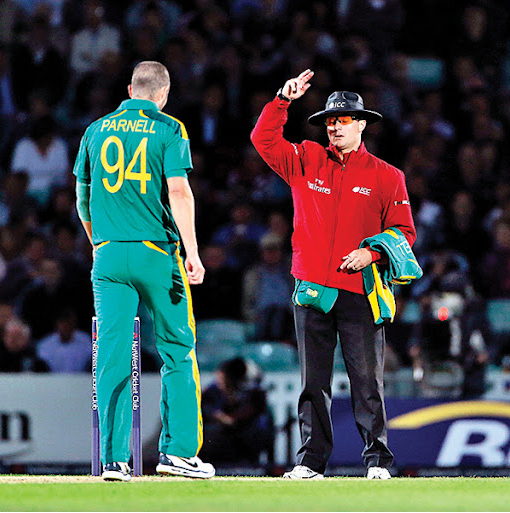
One of the most hypocritical rules in Cricket that we found is the Free Hit, which is awarded to the batter when the bowler balls a no-ball. Let us tell you why. Yes, Cricket is indeed a batter vs. bowler game. But why must the former enjoy all the benefits like scoring more runs and hitting more boundaries through the rules and regulations? They must be equal for everyone. If a bowler balls a no-ball, the batting side is awarded an extra ball, an extra run, and a Free Hit, which he can be hit anywhere without being afraid of getting out(Except a Run Out). That’s severe punishment just to ball a no-ball, not so simple discipline, we must say. But when it comes to the batters, they can get away after committing an error like their poor shot selection or a dropped catch. Have you ever seen runs getting deducted from the batting side when they make any errors? We guess the answer is a big NO.
No-ball’s transition is so much that it even gets checked by the third umpire when the batter is out. Harsh, isn’t it? We believe that bowlers suffer more as Free Hits Must be banned from Cricket right away.
2. LBW – Pitching Outside Leg stumps
Once again, we are with a rule which makes things difficult for our beloved bowlers out there, running tirelessly and getting very little out of it. Well, you might be wondering what’s wrong with LBW? And a batter must be given Not Out when the ball pitches outside leg stumps. To get the answer to this question, let us look at why this rule was introduced in the first place. So, a batter can’t be judged leg before wicket if the ball pitches outside his leg stumps, regardless of whether the ball would have hit the stumps or not. The main idea of having this rule was to avoid any kind of negative tactics where bowlers can’t attack the leg stump, which eventually won’t allow the batter to score runs. And that’s the hypocrisy of this rule. Bowlers’ primary objective is to make the batsman stop making runs and get out as soon as possible.

If a batsman is allowed to hit the ball all over the place, why not the bowler be allowed to get a wicket from around the leg stump? If you have played Cricket a little, then you know a batsman’s leg side is always weak, and if you are not allowing bowlers to bowl in that area, then it means your rules are bent towards the batsman. We would support this rule if it were the 1950s as batsmen of that time didn’t have protective gear like helmets, and other guards and bowlers could take advantage. But at the moment, this rule doesn’t make any sense and must be scrapped as early as possible, especially from limited-overs Cricket.
3. Boundary Rules
Do not worry, as not everything is in favor of the bowlers in this article. We believe that sometimes batters also have to face this hypocrisy as well. If you closely watch IPL or international Cricket, you might have seen Kieron Pollard saving the six by stepping in and out of the boundary. You might have also seen some of the most athletic players using their agility, ability, and presence of mind to save the six like that and eventually get the batter out. But we believe that this doesn’t make any sense, and let us tell you why.

The whole idea behind having a boundary is that the batter must have put in the required effort to make sure that ball must cross the rope. It’s a prerequisite for a size four or a size. But does the rule say that the ball needs to touch the turf for the boundary to be awarded? If you watch football, you know that if the ball crosses the line, even if it’s in the air and hasn’t touched the ground, the goal is awarded to the other team.
We believe that boundary rule, especially six, needs to be reconsidered in Cricket as the ball only needs to cross the rope.
4. Why We Must say No to Over Limit
You might think this blog is a nightmare for all the batters out there, and we have no intention of doing so. Jokes Apart! We believe that Over limits must be nullified in limited cricket format, like test cricket. Once again, the batter vs. bowler thing. If a batter is getting 50 overs in ODI and 20 overs in T20 to show their worth, why not bowlers?
Have you ever seen Virendar Sehwag showing mercy to any bowler at any stage? Have you ever seen Virat Kohli forced to retire in the middle of his spectacular innings? The answer is once again a big NO.

Is there anything better than firing up Mitchell Starc? Is there anyone better than Bumrah in death overs? Do you really think Bhuvneshwar isn’t going to trouble batters with his swing for a longer time if he’s been given more overs?
Well, you already have fielding restrictions and limited bouncers in an over in favor of the batters. There is no harm in removing this rule from Cricket, and it is only going to make it competitive and better to watch.
5. Ball Must be Called Dead After a Runout Chance
We have seen this scenario numerous times. So, when a batter is running between the wickets to complete the run, at the same time the fielder tries to hit the stump at either end to get one of them out. Now after the ball hitting the stumps may have gone for an overthrow run. We have also even seen balls reaching the fence which result in more runs in the batting’s side account. Now what we are implying is that It doesn’t matter if the batter is home or not; they must not be entitled to take an extra run if the ball hits the stumps after a throw from a fielder.
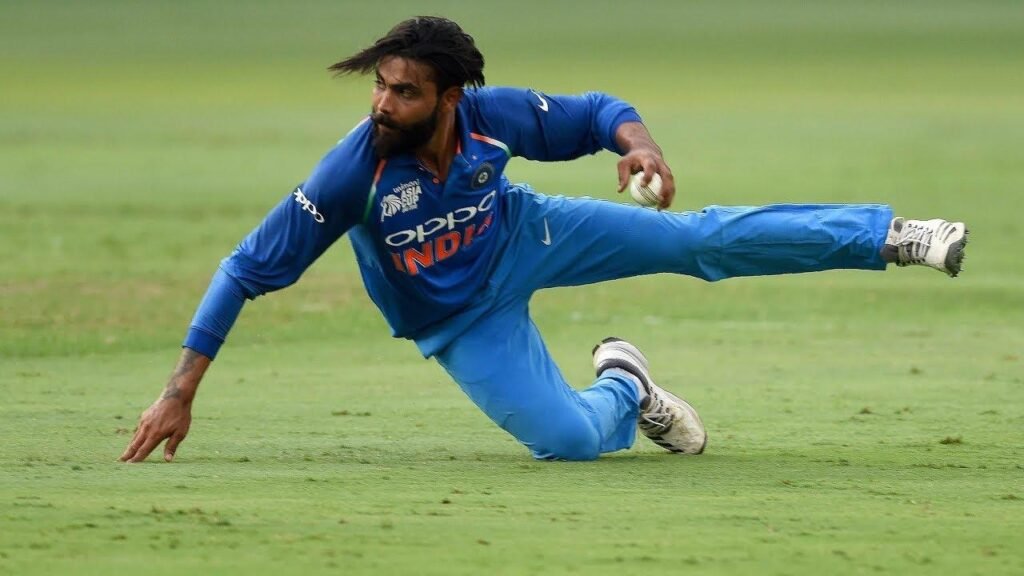
This rule penalizes the fielding side for an effort that must be awarded. Because of this rule, fewer fielders will try to make direct throws at the stumps and give the batter more advantage in this already established batter’s world. We believe that once the ball hits the stumps, the umpire should declare it as a dead ball so the batters can’t take this as an opportunity to make more runs.
Endnotes
These are the few rules we believe show hypocrisy towards one side and need to be scrapped as soon as possible. We hope you liked this detailed article from our side as we think that changing these rules can make it more competitive. Until next time, Goodbye!


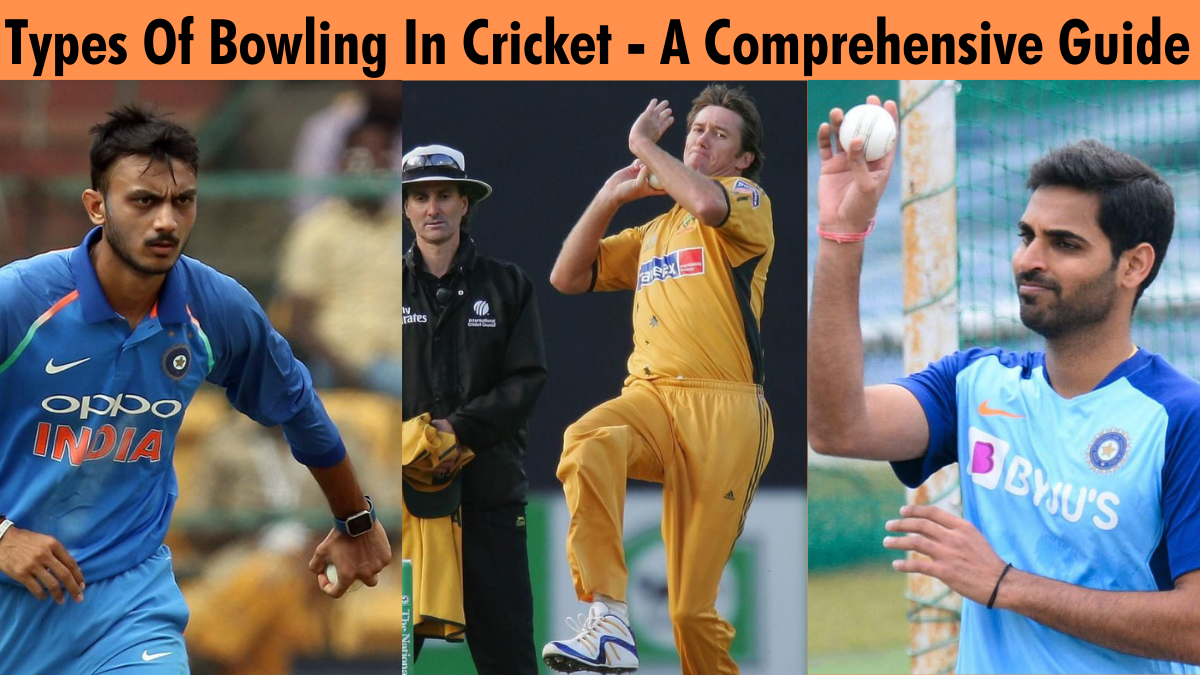






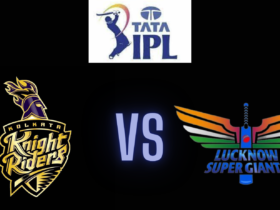
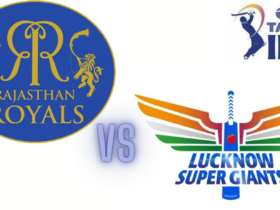








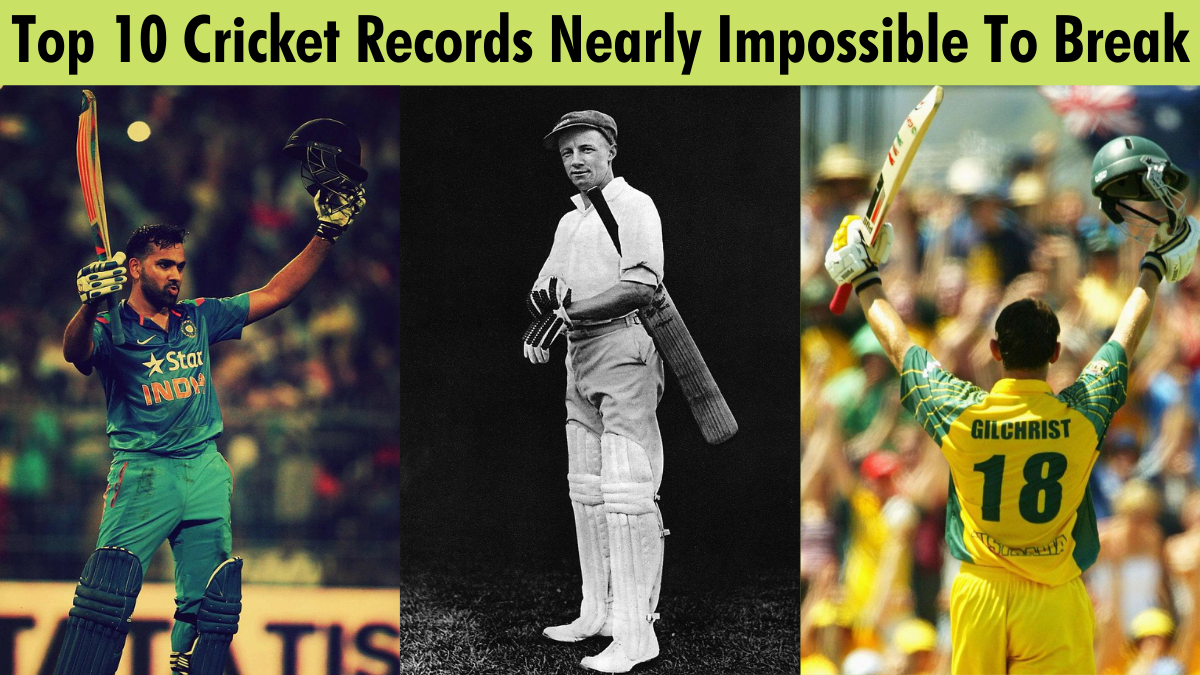



Leave a Reply